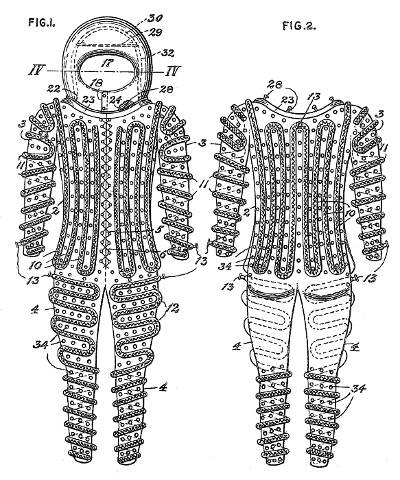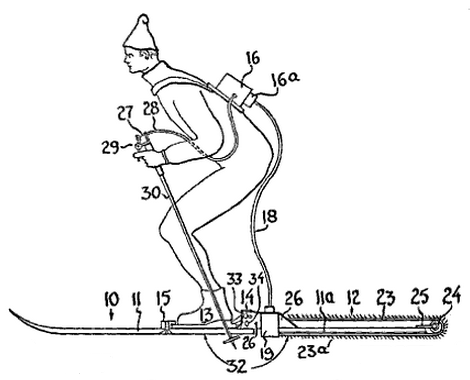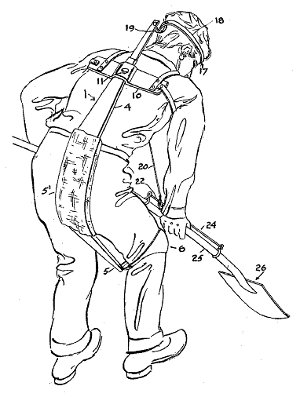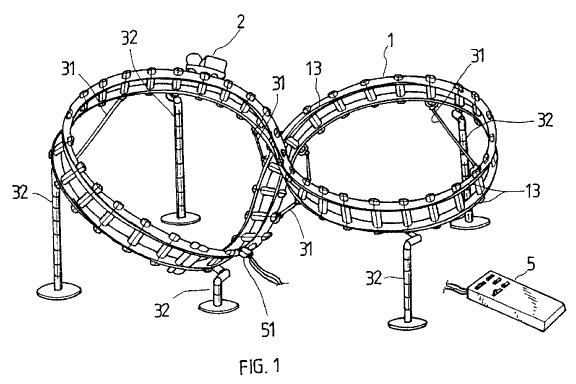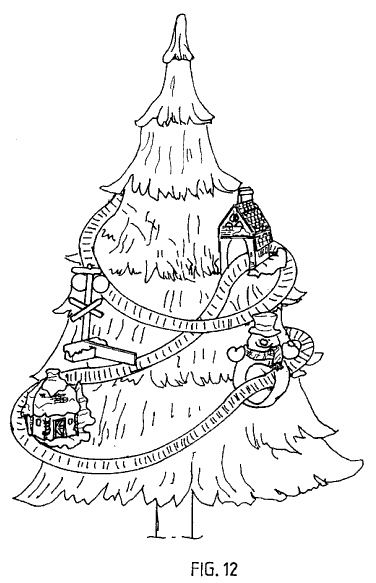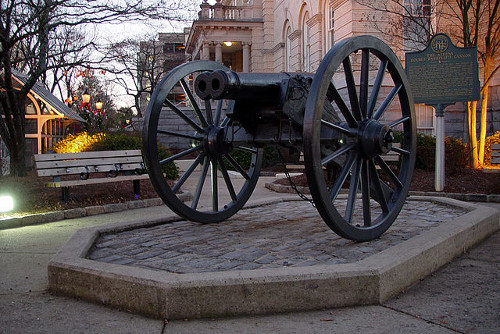From a 1773 letter from Ben Franklin to Barbeu Dubourg:
When I was a boy, I amused myself one day with flying a paper kite; and approaching the bank of a pond, which was near a mile broad, I tied the string to a stake and the kite ascended to a very considerable height above the pond while I was swimming. In a little time, being desirous of amusing myself with my kite, and enjoying at the same time the pleasure of swimming, I returned, and loosing from the stake the string with the little stick which was fastened to it, went again into the water, where I found that, lying on my back and holding the stick in my hands, I was drawn along the surface of the water in a very agreeable manner. Having then engaged another boy to carry my clothes round the pond, to a place which I had pointed out to him on the other side, I began to cross the pond with my kite, which carried me quite over without the least fatigue and with the greatest pleasure imaginable. I was only obliged occasionally to halt a little in my course and resist its progress when it appeared that, by following too quick, I lowered the kite too much; by doing which occasionally I made it rise again.
“I have never since that time practiced this singular mode of swimming, though I think it not impossible to cross in this manner from Dover to Calais. The packet boat, however, is still preferable.”

